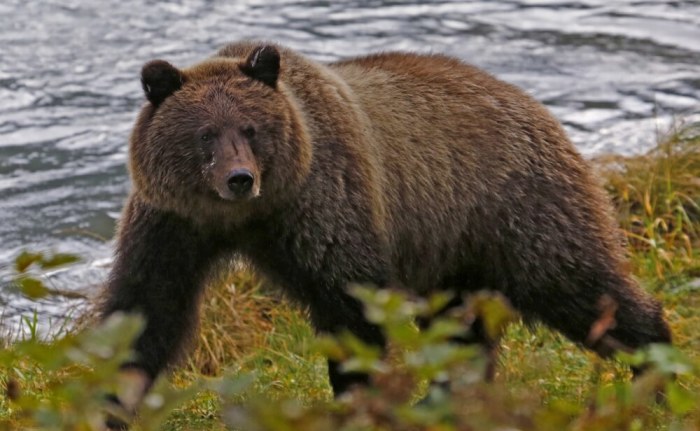Archaeology Discovery: Bear Bone Found in Ireland 'Adds New Chapter to Human History'

A bear bone discovered in Ireland has changed the way archaeologists view human history in the region, experts say.
Radiocarbon dating performed on a bear's knee bone discovered in 1903 at the Alice and Gwendoline Cave in County Clare, on the country's western coast, has found that humans were present in the region 2,500 years before previously thought.
Cuts and marks on the bone indicate the bear had been inexpertly butchered by humans, archaeologists say.
While humans were originally believed to be present in Ireland in 8,000 B.C., this evidence dates them back to 10,500 B.C.
Marion Dowd, an archaeologist overseeing the testing of County Clare artifacts, told The Guardian that the discovery "adds a new chapter to the human history of Ireland."
"Archaeologists have been searching for the Irish Palaeolithic since the 19th century, and now, finally, the first piece of the jigsaw has been revealed," Dowd added.
Dowd, along with research associate Ruth Carden, told The Irish Times that the discovery is a "starting point" for finding more evidence of humans living in the Palaeolithic period in the European country.
"[It] is very likely that the date of human existence in Ireland will be pushed back even further," the researcher said.
According to the Smithsonian, Dowd, who is an archaeologist at the Institute of Technology Sligo, added that the find also provides insight to the tactics of hunters and scavengers at the time.
"[T]he location of the marks spoke of someone trying to cut through the tough knee joint, perhaps someone who was inexperienced," Dowd said in a statement reported by the Smithsonian, adding "in their repeated attempts, they left seven marks on the bone surface. The implement used would probably have been something like a long flint blade."
Dowd added that the dating results of the bone came as "quite a shock."
"Here we had evidence of someone butchering a brown bear carcass and cutting through the knee probably to extract the tendons. Yes, we expected a prehistoric date, but the Paleolithic result took us completely by surprise," she added.
According to the Irish Times, the bear's meat was likely used for food, while its fur could have been used as a garment. Additionally, its tendons might have been used to make thread.
It remains unclear if the bear had been actively hunted or found dead, although it is evident that the slash marks on its knee were made shortly after its death.
A recent discovery in Denmark has also changed how archaeologists view history in the region.
Earlier this month, an amateur archaeologist discovered a small cross pendant in a bog in the town of Anslev, Østfyn.
The pendant, according to experts, dates the beginning of Christianity in the region back to 950 B.C., 15 years prior to what was originally believed.
Malene Refshauge Beck, an archaeologist at Østfyn's museum, said in a statement that the discovery could "change history" and researchers' perception of Christianity in Europe.
"In recent years there has been more and more signs that Christianity was widespread earlier than previously thought — and here the clearest evidence so far," Beck said, as reported by The Christian Post.





























